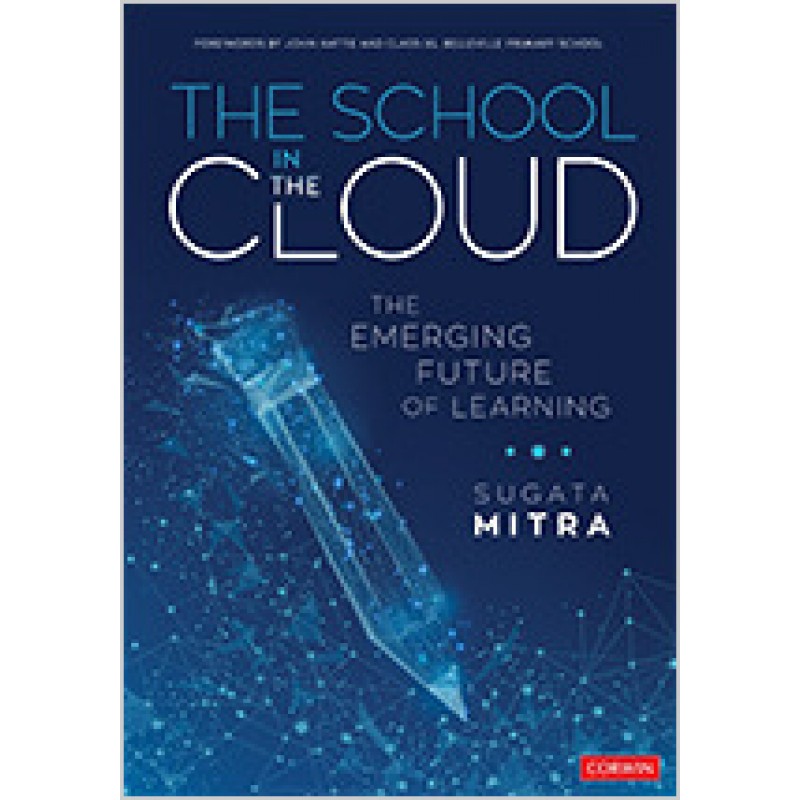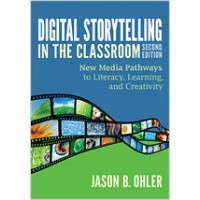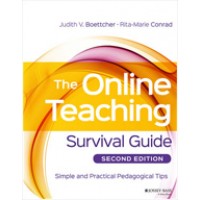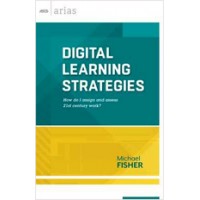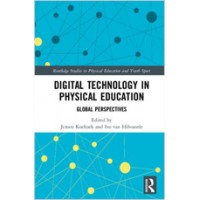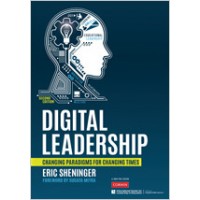The School in the Cloud: The Emerging Future of Learning, Sep/2019
| Author(s) | Sugata Mitra |
| ISBN10 | 1506389171 |
| ISBN13 | 9781506389172 |
| Format | Paperback |
| Pages | 224 |
| Year Publish | 2019 September |
Synopsis
The Science and the Story of the Future of Learning
Educators have been trying to harness the “promise” of technology in education for decades, to no avail, but we have learned that children in groups—when given access to the Internet—can learn anything by themselves. In this groundbreaking book, you’ll glimpse the emerging future of learning with technology. It turns out the promise isn’t in the technology itself; it’s in the self-directed learning of the children who use it.
In 1999, Sugata Mitra conducted the famous "Hole in the Wall" experiment that inspired three TED Talks and earned him the first million-dollar TED prize for research in 2013. Since then, he has conducted new research around self-organized learning environments (SOLE), building "Schools in the Cloud" all over the world. This new book shares the results of this research and offers
- Examples of thriving Schools in the Cloud in unlikely places
- Mitra’s predictions on the future of learning
- How to design assessments for self-organizing learning
- How to build your own School in the Cloud
- Clips from the documentary, The School in the Cloud
About the Author:
Professor Sugata Mitra’s current work is on the internet and children’s learning. He retired in 2019 as Professor of Educational Technology, Newcastle University.
He conducted the Hole-in-the-Wall (HIW) experiment in 1999, embedding a computer within a wall in an Indian slum at Kalkaji, Delhi; children were allowed to use this computer freely. The experiment aimed at proving that kids could be taught computers very easily without any formal training. Mitra termed this minimally invasive education (MIE). The experiment has since been repeated at many places. He is the recipient of many awards and honorary doctorates from India, the United Kingdom, the United States, and many other countries in the world.
His interests include children’s education, remote presence, self-organizing systems, cognitive systems, complex dynamical systems, physics, and consciousness.
The Hole-in-the-Wall experiment has left a mark on popular culture. Indian diplomat Vikas Swarup read about Mitra’s experiment and was inspired to write his debut novel that went on to become the Oscar-winning movie of 2009―Slumdog Millionaire.
Mitra holds a PhD in physics and is credited with more that 25 inventions in the area of cognitive science and educational technology. He was conferred the prestigious Dewang Mehta Award for Innovation in Information Technology from the Government of India in the year 2003. Amongst many other awards, he received the first ever million-dollar TED Prize in 2013.
Recently, he used the money he was awarded when he received the TED Prize to put his educational ideas together to create seven laboratories called “Schools in the Cloud.” Here he studied learning as emergent phenomena in an educational self-organizing system. These results question the ideas of curriculum and examinations, as well as the meaning of “knowing” itself, in the internet world of the twenty-first century.
The effects of Sugata Mitra’s work on the lives of people and the economies of the countries in which his “Schools in the Cloud” have existed can only be guessed at.

